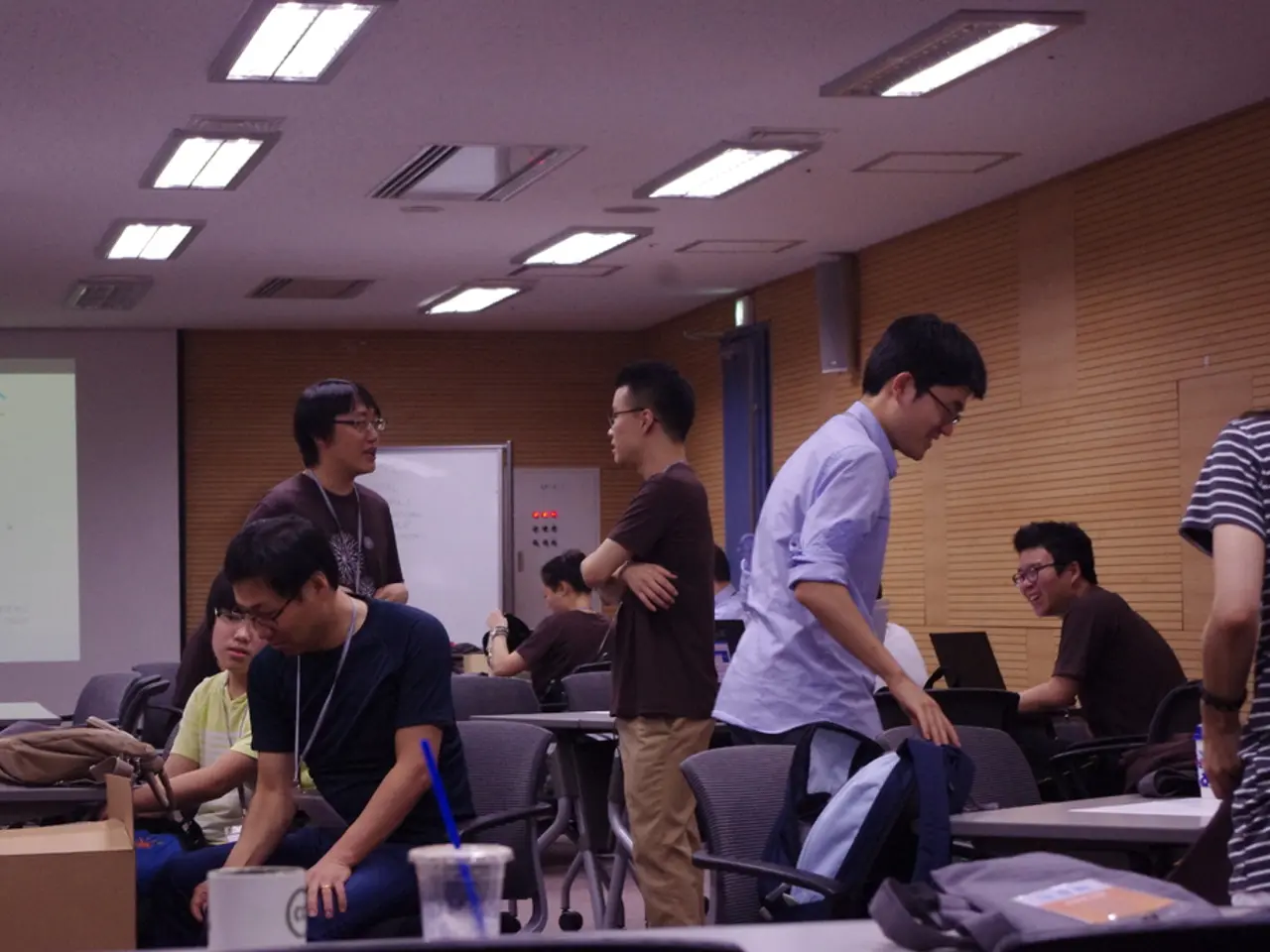Transforming Education Through Immersive Learning Scenarios
Scenario-based learning is a modern approach to education and professional development that is gaining popularity worldwide. This methodology, which uses simulated environments to help learners understand concepts and develop practical skills, is being adopted by various institutions and organisations, from K-12 education to higher education, and from professional development programs to workplace training.
In Germany, universities like TH Rosenheim are integrating scenario-based learning into their curricula, especially in master programs related to informatics and strategic management. This approach is aimed at enhancing practical and strategic skills development. Similarly, companies and Learning and Development (L&D) teams are using tools like Virti to quickly create scenario-based training for employee development, with the goal of improving experiential learning outcomes.
Effective scenario design is crucial for the success of this learning method. It involves clarifying learning goals, designing scenarios according to learners' needs, balancing real-life situations and course material, including decision points, and challenging learners without overwhelming them. Scenario learning solutions can be used in many different settings, promoting critical thinking and lifelong learning skills.
One of the key benefits of scenario-based learning is its ability to make learning more engaging and interesting. For instance, in a history class, students can reenact historical events or play the role of a historical figure. This not only makes the subject more interactive but also helps students to become more interested in their studies.
Scenario-based learning is also beneficial in special education for learners with disabilities. Educators design scenarios to accommodate various learning styles, communication preferences, and sensory sensitivities. This approach improves skill development in these learners through meaningful engagements.
In higher education, scenario-based learning is used to develop critical and collaborative thinking. For example, literature students might participate in dramas, while engineering students might be presented with design challenges. This approach fosters a safe, low-stakes environment for learners to practice and make mistakes, thereby fostering critical thinking and problem-solving skills.
Online and distance learning make the best use of scenario-based learning, utilizing interactive multimedia and digital simulations to teach complex concepts. This method also helps learners develop communication and collaboration skills through group projects and interactive discussions.
Scenario-based learning is also instrumental in professional development programs. It helps professionals prepare for their work through case studies, roleplay scenarios, and simulations. This approach bridges the gap between conceptual and practical learning, making it a better alternative for developing learning abilities.
Feedback is essential in scenario-based learning. It guides learners and serves as an assessment tool for instructors. Scenario learning solutions can be used by learners of all age groups, from K-12 to higher education, to promote interactive, interesting, and engaging ways of learning. This, in turn, boosts confidence and reliability in learners.
Scenario-based learning is also used in language acquisition to help students understand authentic language concepts and cultural aspects. By immersing learners in simulated environments, this method provides a more effective way of learning compared to traditional methods.
In conclusion, scenario-based learning is a powerful tool for education and professional development. Its ability to make learning more engaging, interactive, and effective makes it a preferred choice for many educators and organisations today.








